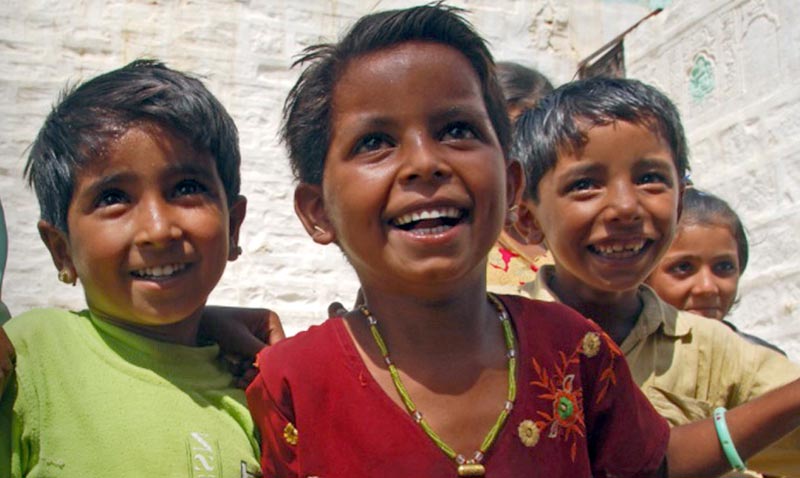Sharks, Pigs, & Coconuts: Economic Development and Mental Health by Paul R. Polak, M.D.
This research article was written by Dr. Paul Polak in the 1970's while he was the Executive Director, Southwest Denver Community Mental Health Services, Inc., 1611 South Federal Blvd., Denver, CO. 80219. * Paper presented at the 55th Annual Meeting of the American Orthopsychiatric Association, San Francisco, CA., March 1978. The most effective mental health program in a poor country is the initiation of successful economic development programs. By economic development I do not mean the large-scale grafting of high technology and dollars to village cultures that is so typical of U.S. foreign aid policies. Economic development to me implies much more of a process in…

